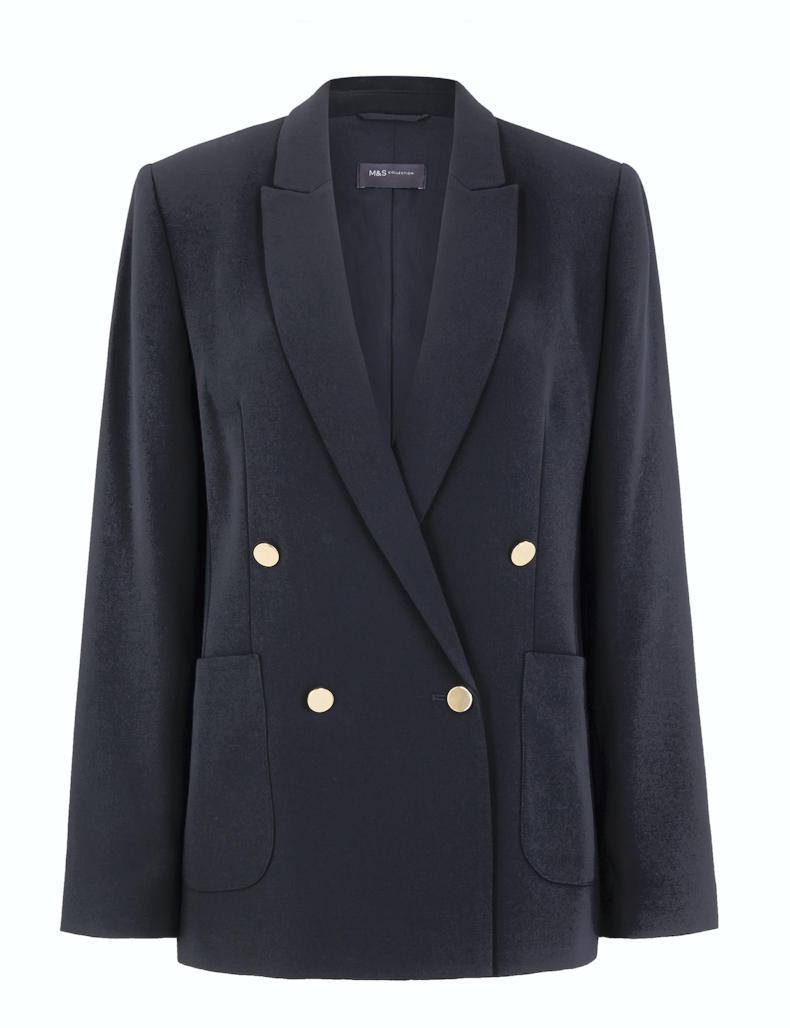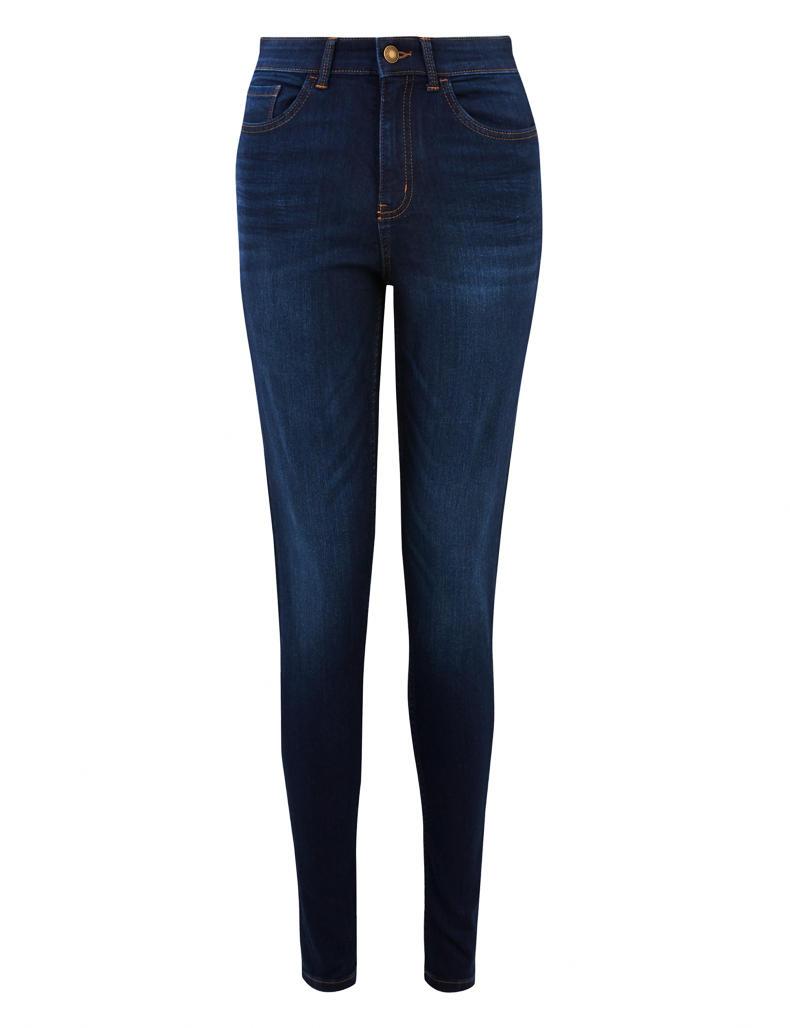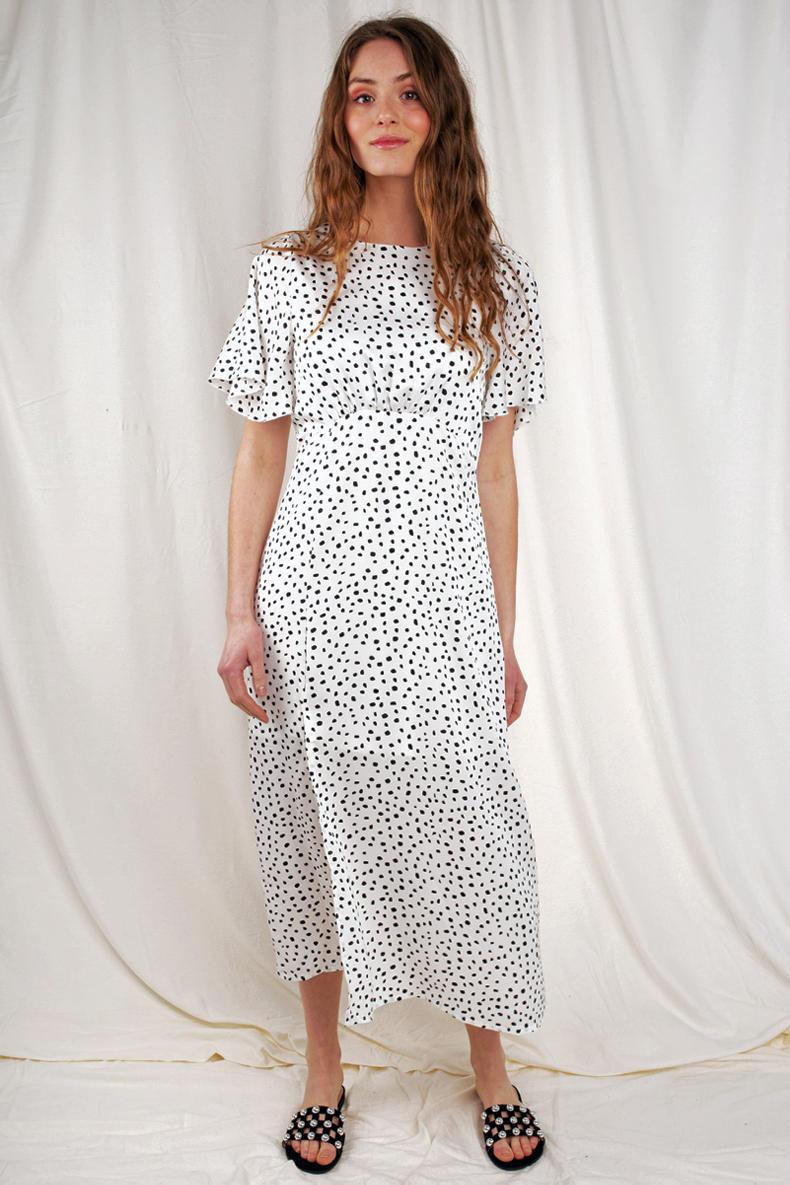Last week we looked at understanding your body shape. This week we will look at how body shape is influencing the type of clothes we choose for our chest, waist or hips and also how to balance our torso and elongate our legs. And no, this does not just mean wearing a pair of heels or choosing high waisted trousers!
Read on to learn how to balance and enhance you shape.
There is the common misconception that a person who is not particularly tall must have short legs and likewise, the person who is quite tall must have long legs. Vertical body shape is, in fact, all about the relative proportion of torso to legs. This means that a person can be six feet tall, but have a long torso and short legs, or indeed five feet tall and have very long legs, but a short torso, proportionately speaking.
As with all elements of visual analysis, the eye likes balance. A balanced body shape is the easiest to dress, ie someone who has a similar measurement for their torso and legs. It is what clothing brands aim for when they are pattern cutting, which is why many women struggle to find dresses and jumpsuits that fit all parts of their shape equally.
The first step is to find out how to measure, then we analyse and finally we apply this to the clothes that we choose.
Working out your vertical body shape
For measurement, we take the same tools as for horizontal body shape (a piece of ribbon or string) and this time measure from the nape of the neck to the small of the back, followed by a second measurement at the small of the back to the base of the heel. The small of your back is the groove you can sit your thumb into, across from each of your hips.

We look at the measurements and see which is longer and which is shorter. Then it is a question of addressing where the waist falls and whether we wish to keep it true (as is) or style it higher on the body and as a result, lengthen the legs. Few people ask me to make their legs look shorter!
When lengthening the legs, a common misconception is that the bottom half is the area to focus on, as mentioned above, tips like wearing high-waisted trousers or high heels are the most common suggestions. In fact, the focus area when we are lengthening the legs should always be the top half.
When we are uncomfortable about our tummy, thighs or bum, the temptation is often to cover the whole area with a long, loose fitting top. While this does cover these areas, it has the effect of also shortening the legs, which is something we want to avoid.
Research before buying
The most important step in choosing the most flattering clothes for your vertical body shape is getting your jeans or trousers right. And this means spending a bit of time researching and then trying on.

For jeans, the key is strong denim that holds you in and a high waist that offers support to the mid-section. The right size should be tricky to get on; all denim stretches with wear. Dark denim tends to be more flattering than light or acid washes; it has a slimming effect on the leg.
Trouser-wise, a mid-waist with some elastic at the back of the waistband is very comfortable. Avoid a front seam; these tend to be less than flattering unless you have a very slender leg proportion.
The holy grail of tops
Step two is choosing tops which are not too tight (heavier fabric which is not clingy) and sit approximately an inch below the waistband. These are the “holy grail” of tops as they do not emphasise a mid-section but also allow us to show length in the legs.
For both jackets and blazers and in situations when you do indeed want to cover your bum or hips without compromising on vertical proportions, the trouble-shooting step here is to leave these jackets open and show off the balance that you have achieved with your top and trouser combination.
In terms of skirts and dresses, we still aim to raise the place where the waist sits. Easier for tailored pieces, harder for midi and pleated skirts which are smart casual and currently at the top of every trend list.

For these, to make the fit more flattering, we size up and drop the waist. So to re-balance the proportions, we crop the jacket (leather, suede, denim or khaki) that we wear with them.
A lot to consider perhaps, but practice makes perfect. Use your existing wardrobe to experiment with balance and lengths, before you rush to buy.
To learn more about Laura’s personal styling services, visit www.StyleSavvy.ie or follow her on Instagram
@stylesavvy_ie
Last week we looked at understanding your body shape. This week we will look at how body shape is influencing the type of clothes we choose for our chest, waist or hips and also how to balance our torso and elongate our legs. And no, this does not just mean wearing a pair of heels or choosing high waisted trousers!
Read on to learn how to balance and enhance you shape.
There is the common misconception that a person who is not particularly tall must have short legs and likewise, the person who is quite tall must have long legs. Vertical body shape is, in fact, all about the relative proportion of torso to legs. This means that a person can be six feet tall, but have a long torso and short legs, or indeed five feet tall and have very long legs, but a short torso, proportionately speaking.
As with all elements of visual analysis, the eye likes balance. A balanced body shape is the easiest to dress, ie someone who has a similar measurement for their torso and legs. It is what clothing brands aim for when they are pattern cutting, which is why many women struggle to find dresses and jumpsuits that fit all parts of their shape equally.
The first step is to find out how to measure, then we analyse and finally we apply this to the clothes that we choose.
Working out your vertical body shape
For measurement, we take the same tools as for horizontal body shape (a piece of ribbon or string) and this time measure from the nape of the neck to the small of the back, followed by a second measurement at the small of the back to the base of the heel. The small of your back is the groove you can sit your thumb into, across from each of your hips.

We look at the measurements and see which is longer and which is shorter. Then it is a question of addressing where the waist falls and whether we wish to keep it true (as is) or style it higher on the body and as a result, lengthen the legs. Few people ask me to make their legs look shorter!
When lengthening the legs, a common misconception is that the bottom half is the area to focus on, as mentioned above, tips like wearing high-waisted trousers or high heels are the most common suggestions. In fact, the focus area when we are lengthening the legs should always be the top half.
When we are uncomfortable about our tummy, thighs or bum, the temptation is often to cover the whole area with a long, loose fitting top. While this does cover these areas, it has the effect of also shortening the legs, which is something we want to avoid.
Research before buying
The most important step in choosing the most flattering clothes for your vertical body shape is getting your jeans or trousers right. And this means spending a bit of time researching and then trying on.

For jeans, the key is strong denim that holds you in and a high waist that offers support to the mid-section. The right size should be tricky to get on; all denim stretches with wear. Dark denim tends to be more flattering than light or acid washes; it has a slimming effect on the leg.
Trouser-wise, a mid-waist with some elastic at the back of the waistband is very comfortable. Avoid a front seam; these tend to be less than flattering unless you have a very slender leg proportion.
The holy grail of tops
Step two is choosing tops which are not too tight (heavier fabric which is not clingy) and sit approximately an inch below the waistband. These are the “holy grail” of tops as they do not emphasise a mid-section but also allow us to show length in the legs.
For both jackets and blazers and in situations when you do indeed want to cover your bum or hips without compromising on vertical proportions, the trouble-shooting step here is to leave these jackets open and show off the balance that you have achieved with your top and trouser combination.
In terms of skirts and dresses, we still aim to raise the place where the waist sits. Easier for tailored pieces, harder for midi and pleated skirts which are smart casual and currently at the top of every trend list.

For these, to make the fit more flattering, we size up and drop the waist. So to re-balance the proportions, we crop the jacket (leather, suede, denim or khaki) that we wear with them.
A lot to consider perhaps, but practice makes perfect. Use your existing wardrobe to experiment with balance and lengths, before you rush to buy.
To learn more about Laura’s personal styling services, visit www.StyleSavvy.ie or follow her on Instagram
@stylesavvy_ie










 This is a subscriber-only article
This is a subscriber-only article










SHARING OPTIONS: